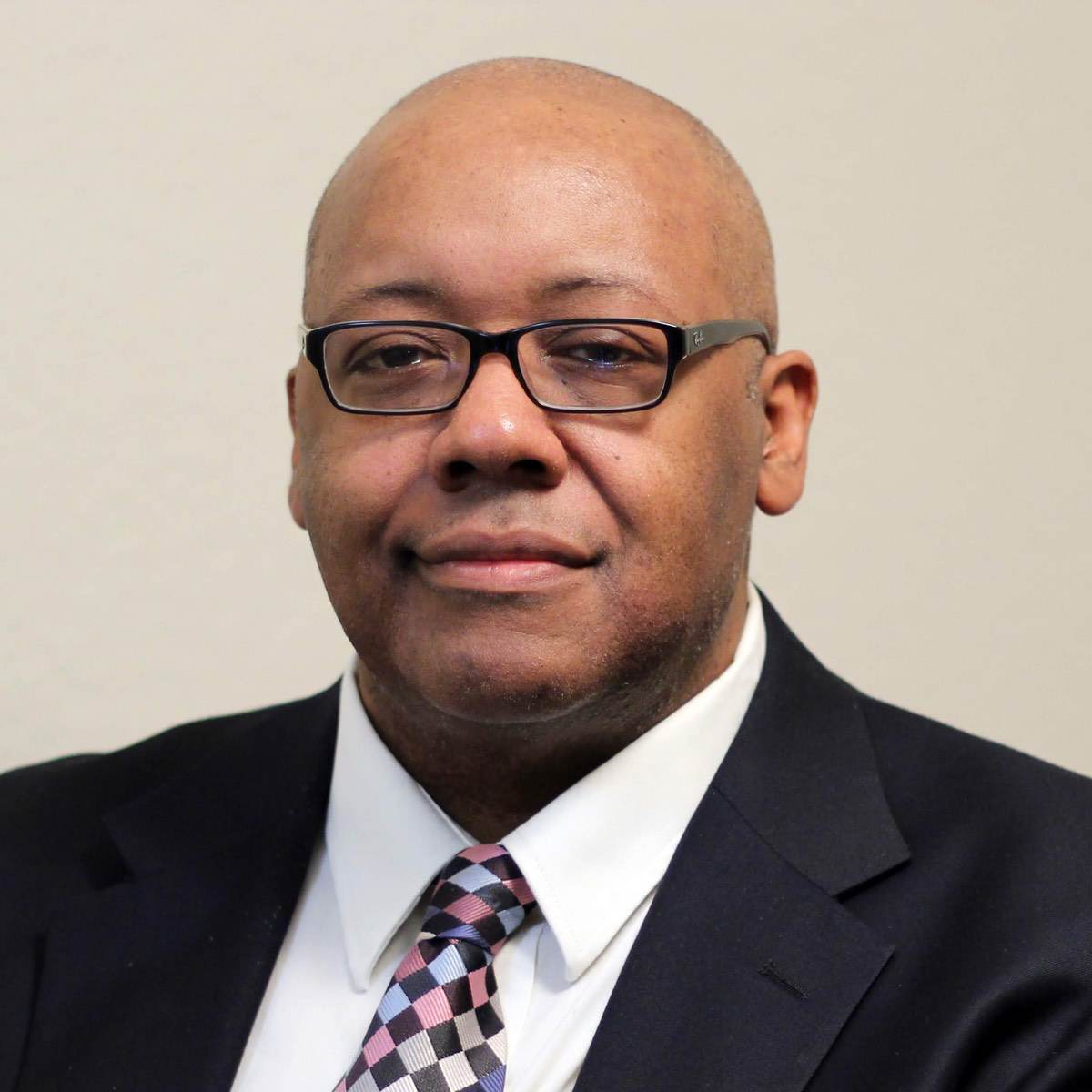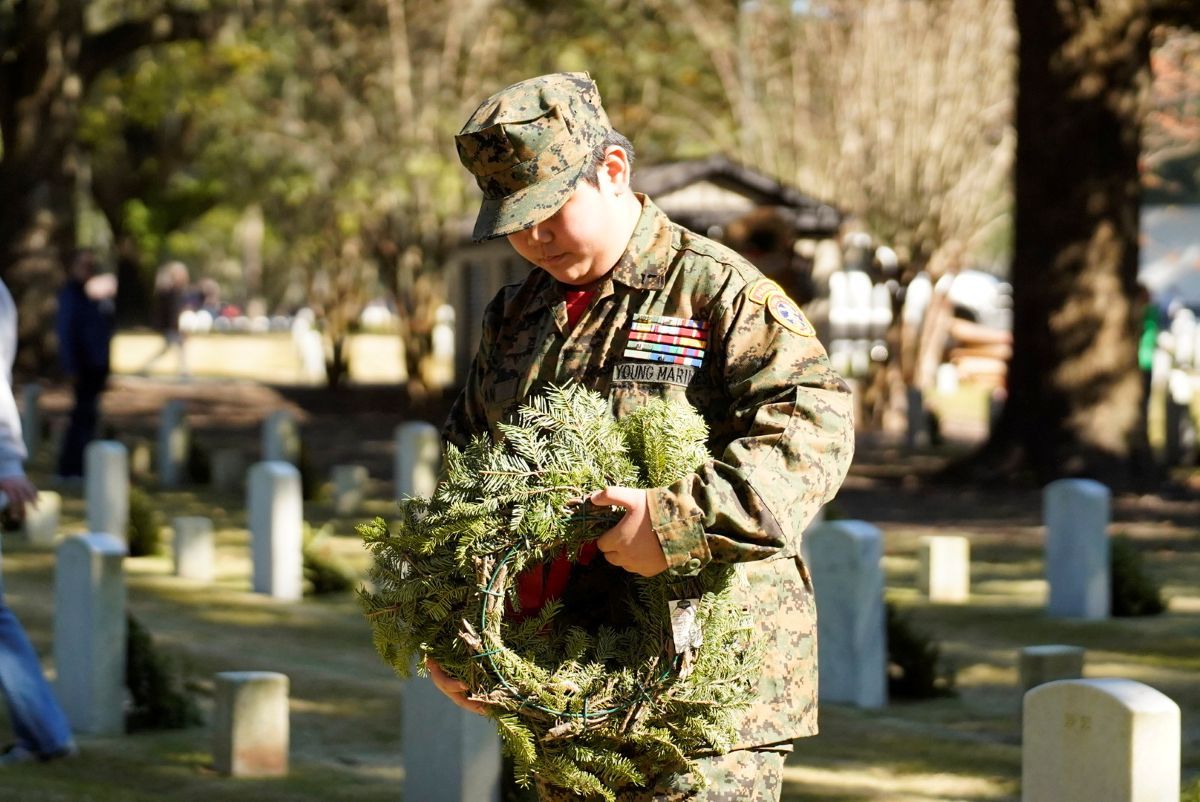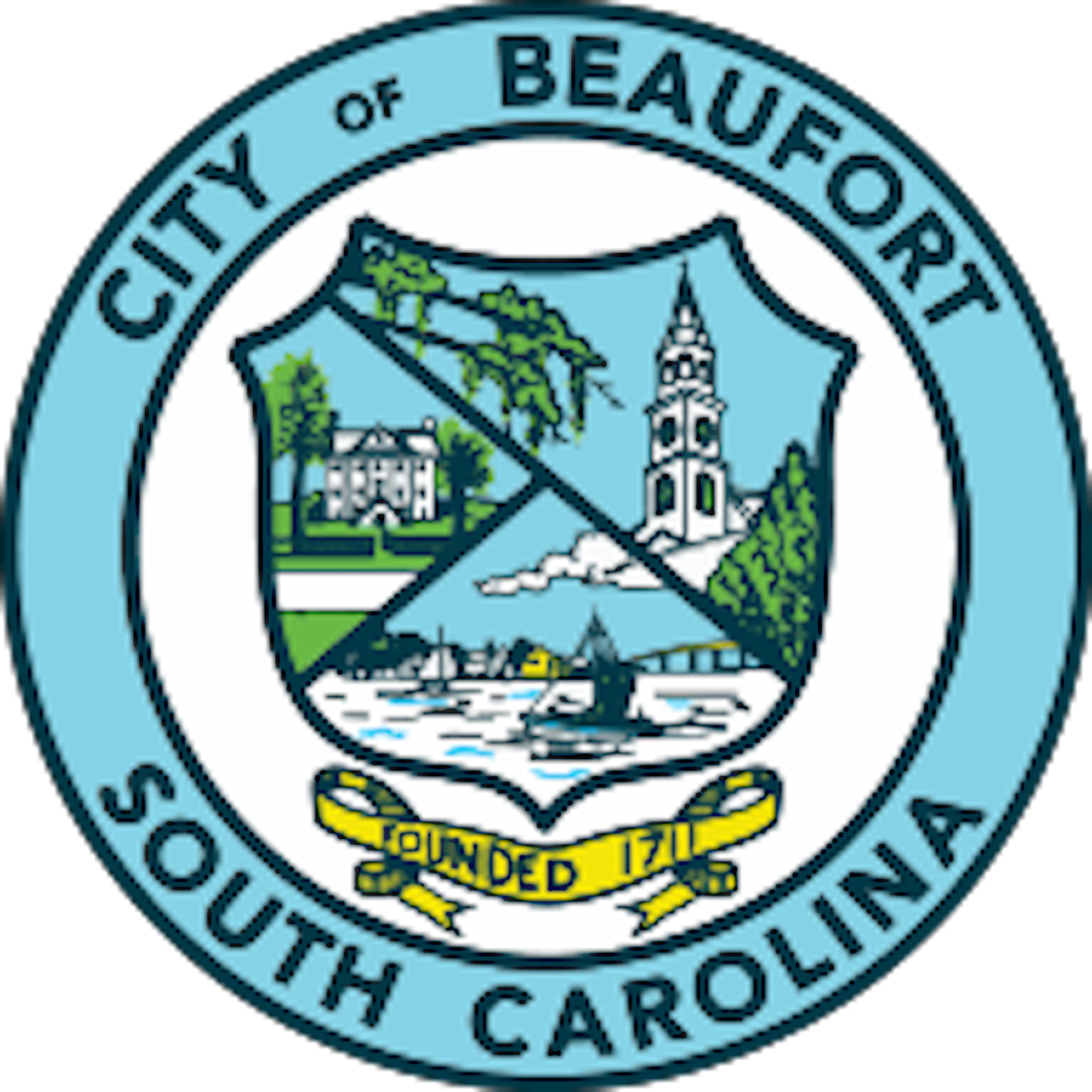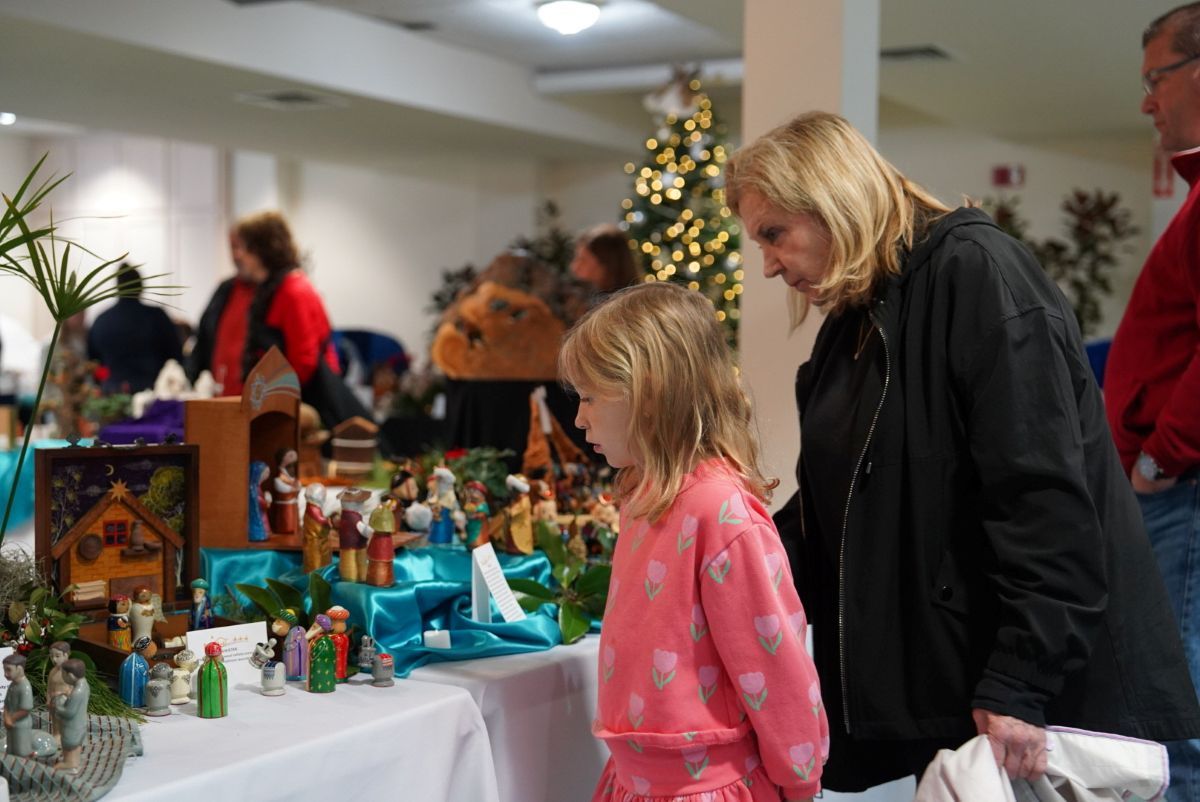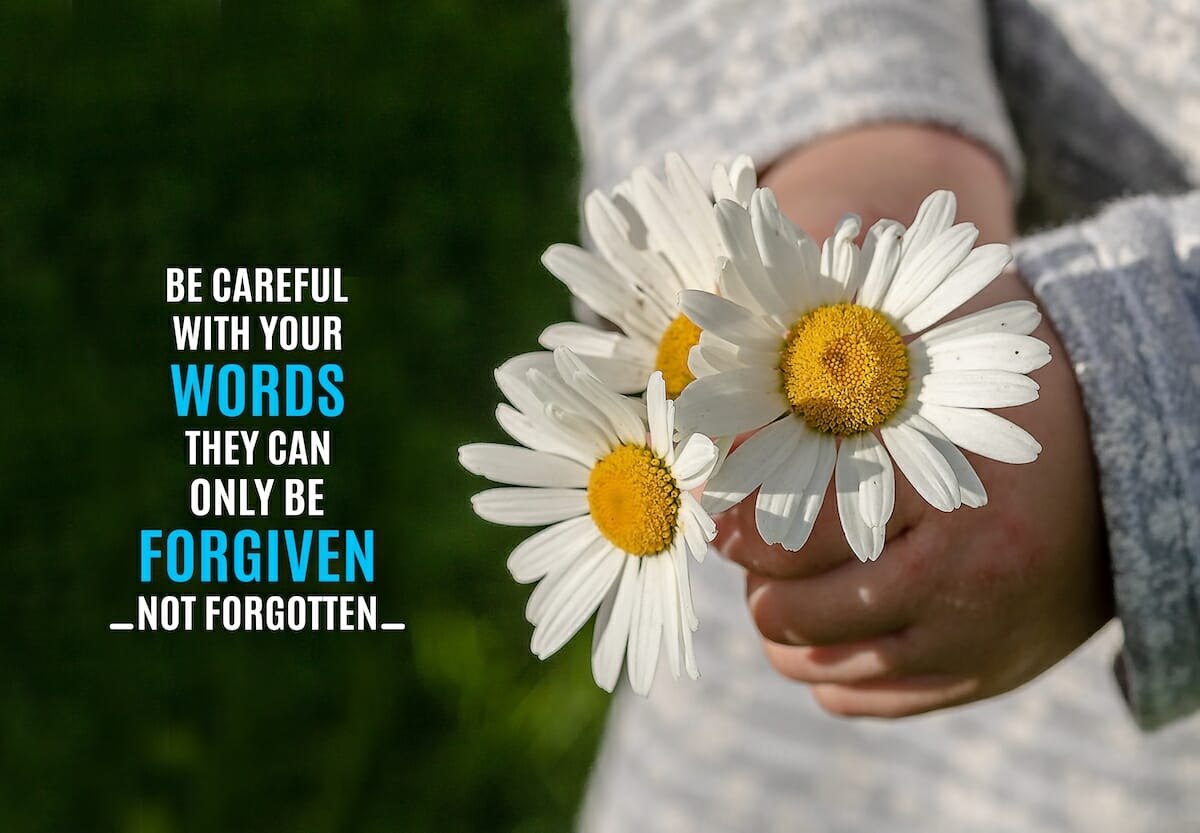Remember when we couldn’t go to sporting events? No packed stadiums, no gameday get-togethers, no tailgating with friends and family.
And think of the athletes, who labored all week to meet in contests where crowds were nonexistent. No cheering fans, no painted faces, no noise at all unless your venue pumped in fake crowd noise or featured electronic panels with fans watching from the comfort and safety of home.
I loved it. Because as we’ve seen recently and more frequently overall, some fans just don’t know how to behave themselves. They live up to the “fanatic” aspect of fandom and ruin the experience for others.
A year after the Professional Golf Association joined other major sports leagues in canceling events, or holding them minus spectators, the 2021 PGA Championship held at The Ocean Course at Kiawah Island Golf Resort permitted a limited number of spectators. Limited in number, maybe, but not in impact.
The enthusiastic crowd inspired Phil Mickelson to become the oldest winner of one of golf’s major events. They also showed their behinds, swarming the course as Mickelson closed out his victory.
They overran course security, clamoring onto the 18th fairway, scrambling to get pictures with their smartphones, bellowing and gesturing at television cameras. CBS announcers lamented, “They’ve lost control of the scene.”
Mickelson and final round partner Brooks Koepka struggled to take their final shots. Mind you, we were still in the middle of the COVID pandemic. The threat to the golfers’ health and well-being was real. Koepka complained afterward that attendees struck his recently injured knee.
“No one really gave a s—,” Koepka told media after the match, adding that his caddie, Ricky Elliot, got hit in the face. I watched from the safety of my living room couch and thought, “Way to represent, South Carolina.”
Not that Sandlappers hold a monopoly on bad behavior at golf tournaments. This year’s PGA Tour champion, Rory McIlroy, ran into a misbehaving fan at the BMW Championship last month in Delaware. McIlroy and other golfers were bedeviled by a remote-controlled golf ball buzzing around the 15th green during the event’s third round.
The golfer eventually corralled the wayward gadget and tossed it into a nearby water hazard. As the offending party in the crowd was led away by course stewards, he screamed, “This is my dream, this is my dream.” I wonder if his dream included being shown to be an idiot on a global stage?
Even more recently, we were reminded of how fans of other sports act out when a Duke volleyball player experienced racial harassment at Brigham Young University. A fan who was not a student, according to BYU, repeatedly screamed a racial slur from the student section at the player.
The player’s father told the New York Times his daughter was concerned the incident indicated that the raucous crowd might become violent. Duke University requested the next match be moved to a new venue with the crowd limited to staff and family. BYU says the fan has been banned from all future athletic events, but it’s still a bad look for a school whose Black student population is less than one percent.
Football is back, and so is violence in the stands. YouTube is already fleshing out with videos of clashes between fans, whether over thrown beer in a Jaguars-Steelers NFL preseason game, a brawl involving a high school coach who was injured at a game in Mississippi, or footage of fans and players fleeing after shots rang out at a high school football game in Savannah.
Some of this behavior has been around for years. The first high school football game I attended after I graduated high school was a shock to my system. I never realized how many people spent their Friday nights decked out in their school colors and drunk out of their minds.
I was at the infamous Gaffney-Greenwood football game where a smoke bomb was released. I rely on no amount of hyperbole in saying the scene in the parking lot with people hanging onto the sides of rescue vehicles trying to carry people away from the scene resembled nothing less than an apocalypse.
So yes, I’m glad people who want to attend sporting events have a fresh fall lineup ahead of them. But it’s a doggone shame players are safer on the field than the people in the stands.
Terry E. Manning lives and works in Savannah, Ga. He is a Clemson graduate and worked for 20 years as a journalist. He can be reached at teemanning@gmail.com.


